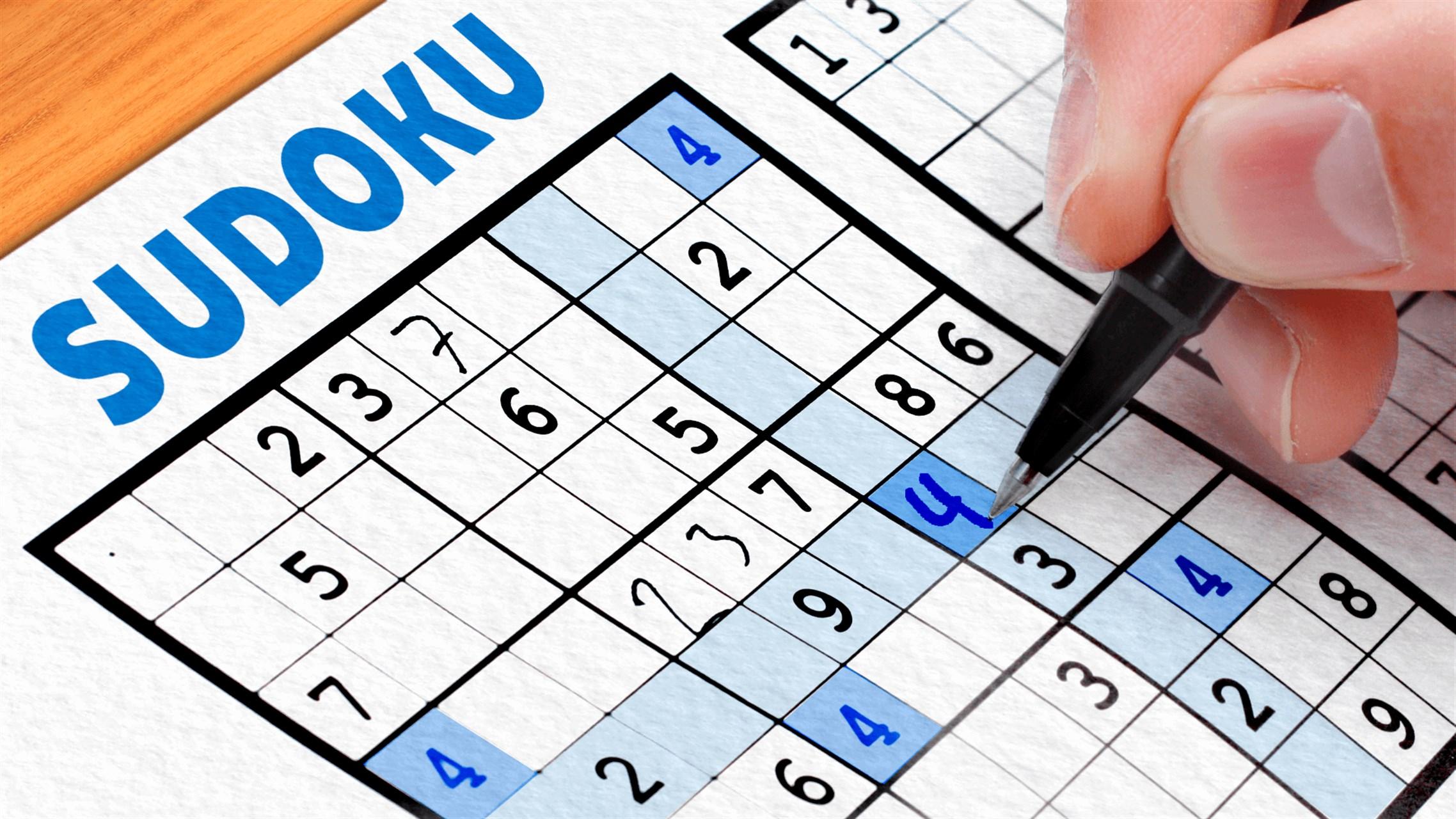I never thought I’d be the kind of person who gets genuinely excited about a puzzle that’s just numbers on a grid. I mean, I loved brain teasers and logic games, sure, but Sudoku? That seemed… different. Bland, even. Little did I know, a few simple squares and digits could hold hours of amusement, frustration, and a strange sense of satisfaction I can’t quite describe.
How I Fell Into Sudoku
It all started during a lazy weekend at home. My phone buzzed with a notification from a puzzle app: “New Sudoku challenge: Hard.” I tapped it almost absentmindedly, expecting to kill ten minutes before lunch. Ten minutes turned into an hour. I didn’t even notice.
What grabbed me instantly was the quiet logic of it. There’s no randomness—no luck involved. Every number has its place, and every mistake is a clue in disguise. It’s deceptively simple, and yet, each puzzle is a miniature world with rules that demand attention. I loved it immediately, even as my brain felt like it was twisting itself into knots.
The Thrill of the Grid
I’ve played plenty of puzzles in my life, but Sudoku has a particular rhythm that hooks me. At first, it’s all scanning and scanning: rows, columns, boxes, looking for the “low-hanging fruit.” Those numbers that are obviously missing go in first, and the grid slowly starts to make sense. That moment of progress is tiny, but it feels huge.
Then comes the tricky part: the middle of the puzzle, when it seems like nothing fits anywhere. My fingers hover over the screen or the pencil hovers over the page, frozen. Sometimes I mumble to myself. Sometimes I sigh dramatically, like the puzzle personally insulted me. And sometimes, when a number finally clicks, it triggers a domino effect, and suddenly half the puzzle is done in a flurry of logic. That rush—pure elation.
Sudoku in Real Life
One of my favorite memories of Sudoku isn’t at home—it’s actually on a train. I was traveling across the country for work, headphones on, laptop tucked away, and a 9x9 grid open on my phone. The carriage was noisy, people chatting, footsteps echoing, yet I felt this intense focus, almost like I was in a bubble.
There was one particular puzzle, marked “expert,” that completely absorbed me. I was stuck for nearly twenty minutes, double-checking rows, counting possibilities, erasing mistakes. And then, just as we were approaching my stop, it happened: the last number fell into place. I literally let out a small cheer. People looked, some amused, some confused. I didn’t care. That moment, brief as it was, felt like a tiny personal victory—a reminder that patience and persistence pay off.
Why Sudoku Is So Captivating
Looking back, I think what makes Sudoku so captivating is its combination of simplicity and depth. The rules are simple: fill each row, column, and 3x3 box with numbers 1 to 9, without repeating. That’s it. But the execution? That’s where the challenge—and the fun—lives.
It’s also strangely meditative. There’s something about scanning the grid, contemplating possibilities, and eliminating wrong options that calms me. I don’t know if it’s the focus on logic or the tactile satisfaction of placing a number correctly, but Sudoku has become my mental reset button. A few minutes with a puzzle, and the noise of the day fades.
Frustrations and Funny Moments
Of course, it’s not all calm and zen. Sudoku can be incredibly frustrating, especially when you’re chasing a “perfect” solution and keep hitting dead ends. I’ve thrown pencils across the room (gently, of course), muttered at grids in coffee shops, and even laughed at myself for staring blankly at a puzzle that should have been easy.

